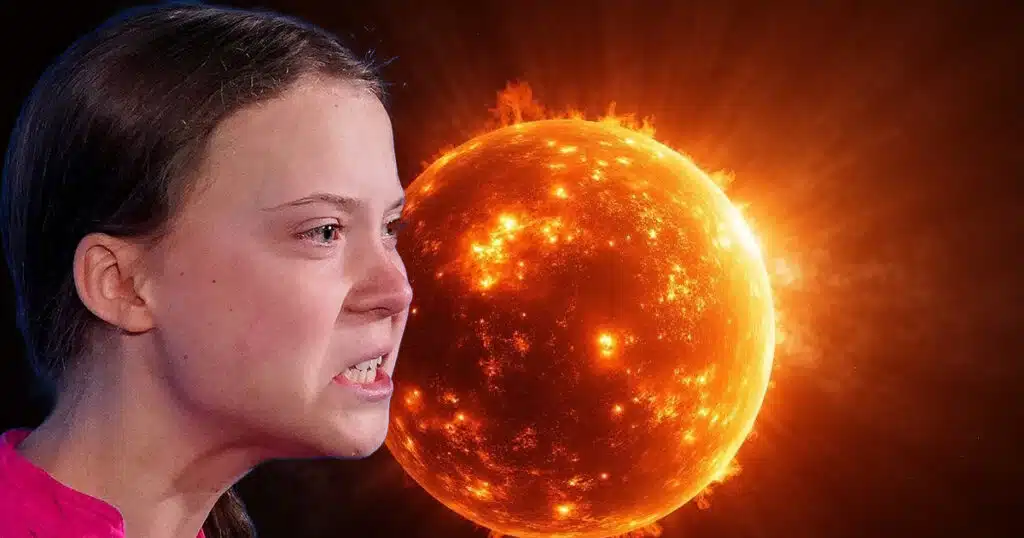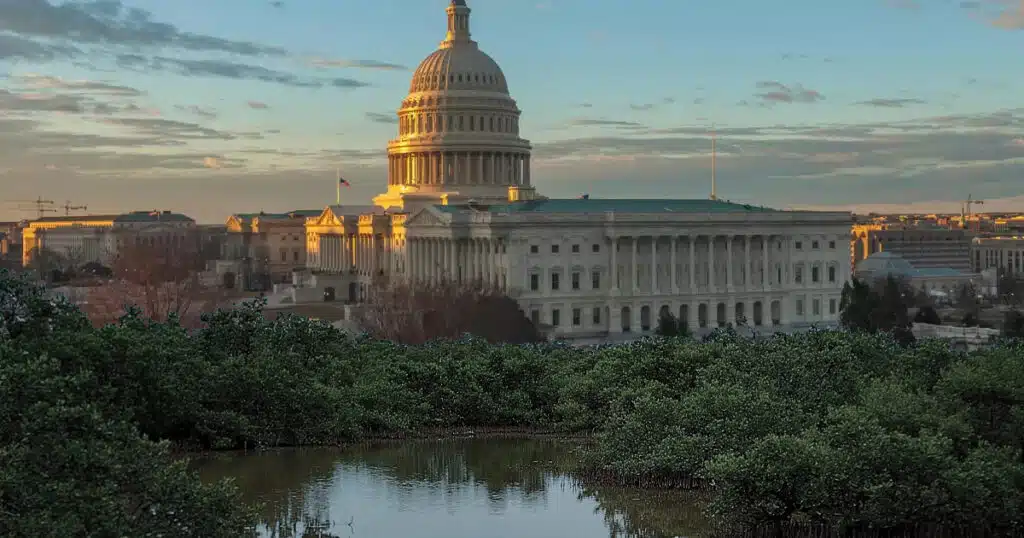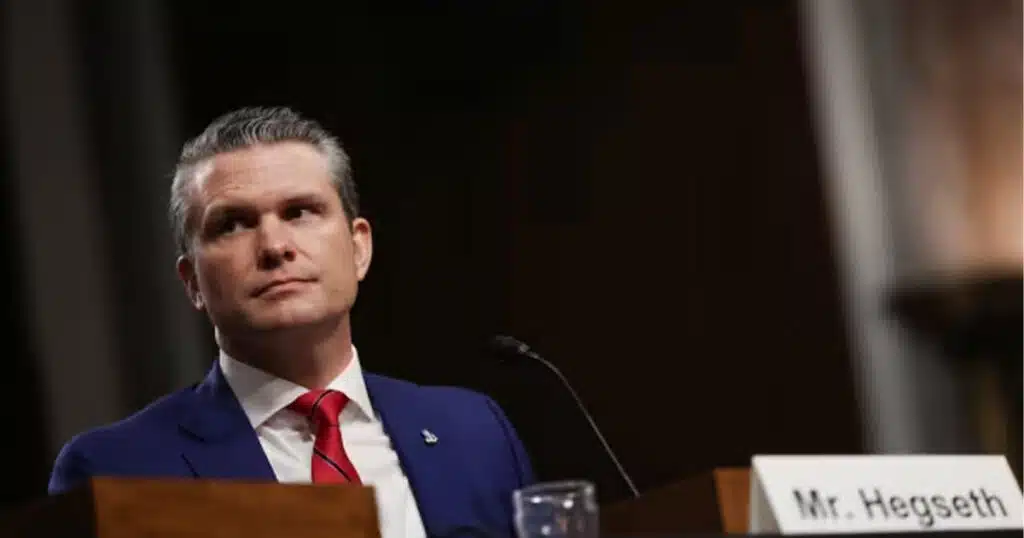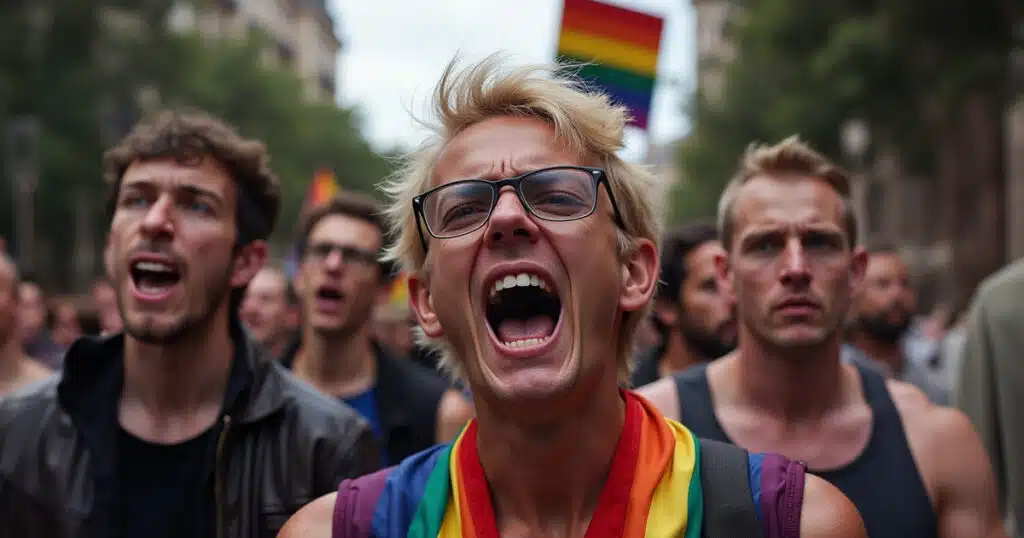
Critics: Climate change lawsuits on tenuous legal grounds
A flurry of lawsuits have been filed around the country in recent years attempting to make oil and gas companies pay for the costs of climate change. But critics of these lawsuits say that they are on tenuous legal ground because of a 2011 U.S. Supreme Court case, and proving direct causation is difficult.
One such case is underway in Bucks County, Pennsylvania, a moderate state known for its energy industry and that is inevitably at the center of presidential politics each election cycle. The Bucks County government – like many other local and state governments around the country – has filed a lawsuit against the largest and most recognizable oil companies in the U.S., demanding huge payouts for their alleged role in causing climate change.
The Bucks County lawsuit alleges that oil companies knowingly deceived Americans for years about the role of emissions in climate change.
“This successful climate deception campaign had the purpose and effect of inflating and sustaining the market for fossil fuels, which – in turn – drove up greenhouse gas emissions, accelerated global warming, and brought about devastating climate change impacts to Bucks County,” the lawsuit reads.
But critics of the lawsuit and others like it say that Congress has had a comprehensive regulatory framework in place for decades and that the oil companies have fully complied. They argue that changes to that framework should come from Congress, not legislated via a coordinated effort to elicit judicial activism.
In 2011, the U.S. Supreme Court ruled unanimously against environmental groups making essentially the same argument in American Electric Power Co., Inc. v. Connecticut, a case where a handful of states sued some major energy companies, saying they are a “public nuisance” because of greenhouse gas emissions.
The Supreme Court ruled that since Congress had laid out its regulatory framework in the Clean Air Act, federal claims of this kind could not be used to punish companies or allow judges to rewrite environmental policy from the bench.
This ruling would have been an end to the dispute, but since the Supreme Court’s ruling specifically refers to federal common law, green activists argue there is still a legal path forward for local and state lawsuits.
Now, cases similar to the Bucks County lawsuit are advancing at the state level with the same argument, with energy companies potentially facing billions of dollars in abatements, or financial payments required by a court to resolve an issue, which would drive up the price of energy for all Americans. Those rulings are not expected imminently.
Some cases have already been dismissed, but others are still alive and in the early stages.
George Mason University Professor Donald Kochan told The Center Square that in addition to having to overcome the 2011 Supreme Court ruling, plaintiffs have the difficulty of proving that any emissions released by the defendants actually had a direct role in causing damage to the plaintiffs.
The plaintiffs are using the “public nuisance” legal framework for this case to help circumvent this, which is based on the idea that an individual, group or company can be liable for generally harming the community, instead of meeting the usual standard of proving you harmed a certain individual or group.
But that public nuisance footing is exactly what the Supreme Court rejected. Plaintiffs argue that if the public nuisance argument can be applied to state law, such causes of action can be brought at the state level. Critics of that view disagree.
It’s a technical legal question at the center of a nationwide battle with the potential for huge impacts on the American energy industry and consumers.
“There are all kinds of problems with traceability, causation and allocability,” Kochan said, pointing out that many other energy companies, not to mention other nations like China, have released emissions that could be to blame for any alleged damage to the earth.
On top of that, Kochan says, most business enterprises, and even households, contribute at some level to emissions, either through production or consumption.
“Did fossil fuels actually cause this impact?” Kochan said. “Then how much of these particular defendants’ fossil fuels caused this impact? These are the things that should be in a typical trial, because due process means you can’t be responsible for someone else’s actions. Then you have to decide, and can you trace the particular pollution that affected this community to the defendant’s actions?”
The U.S. Supreme Court declined to take up one of these cases in Hawaii, but it still could consider a future case of this kind.
“You’re going to have to do it someday,” Kochan told The Center Square, referring to the Supreme Court. “So why not today… it is inevitable. There’s no way they can avoid answering this question.”



